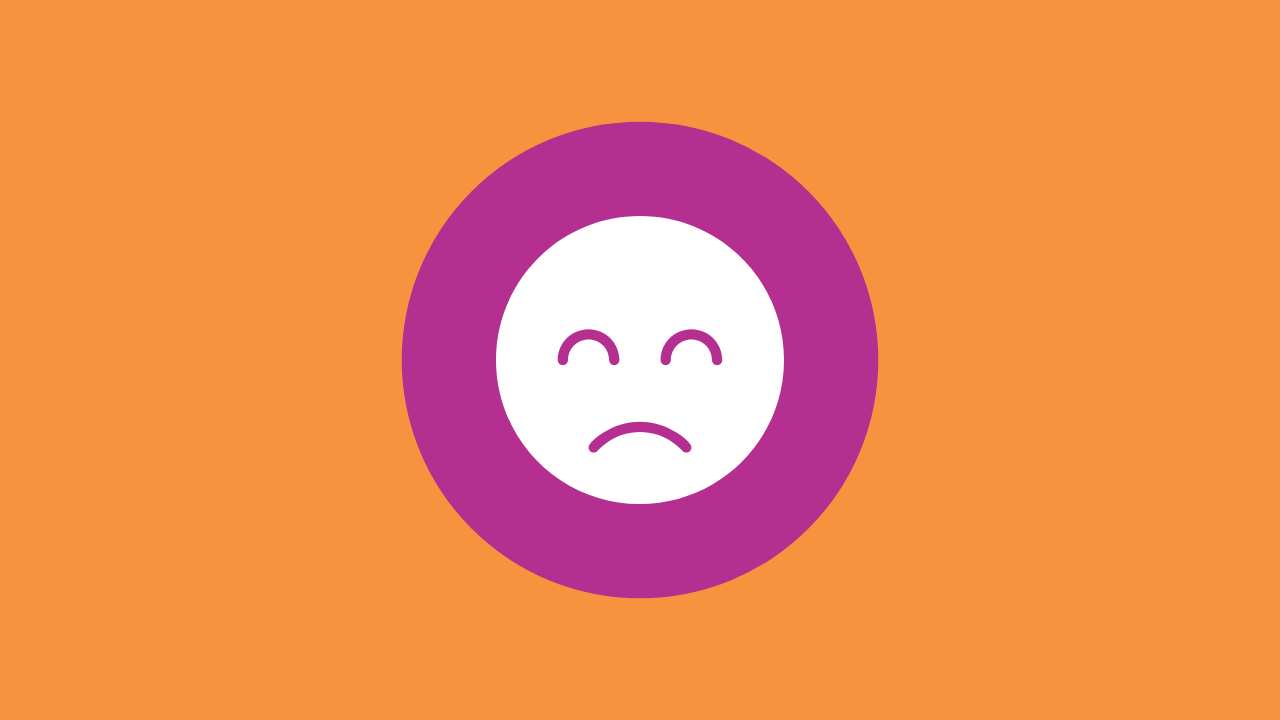Anxiety and Children: How To Help A Child Who is Suffering
Anxiety is a necessary and useful emotion for all species, including humans, because it signals that danger is present or potentially present, and some action must be taken in order to protect against it. According to the Diagnostic and Statistical Manual of Mental Disorders, Fifth Edition, “fear is the emotional response to real or perceived threat, whereas anxiety is anticipation of future threat.” A small amount of anxiety is adaptive and motivating. Parents’ anxiety for their children’s safety motivates them to be vigilant in new environments, to scan and alter whatever conditions present a hazard; students work when they feel anxious about their academic outcomes; athletes and musicians get a surge of adrenalin before a competition and that rush is the body’s response to anxiety, a response which often enhances performance.
Anxiety must be understood within a developmental context. For example, it’s normal for three year olds to be afraid of monsters under the bed, and for all children to be apprehensive when starting a new school. It’s a problem when a seven year old won’t go on school trips or attend birthday parties because of fears about going to the toilet.
Anxiety must also be understood within a relational context. Sometimes what children express as their worry, is a substitute for the real concern. Children with separation anxiety may be afraid that mom or dad is tired of them and likely to run away, if given the opportunity. Children frequently develop all sorts of fears when a new baby arrives but the actual fear is that they will no longer be important. Identifying the underlying distress is essential to reducing anxiety.
Common Fears among children:
Infants/toddlers (ages 0-2 years) –loud noises, strangers, separation from parents
Preschoolers (3-6 years) –imaginary figures such as ghosts and monsters, the dark, sleeping alone, and thunder.
School aged children and adolescents (7-16 years) more realistic fears such as physical injury, health, school performance, death, thunderstorms, earthquakes and floods.
Resource: The Anxiety Network: http://www.childanxiety.net/index.htm
Taking all this into account, too much anxiety can be disorganizing, and even paralysing. A very anxious person may be flooded by adrenalin, unable to think clearly, and impelled to avoid stressful situations and challenges. When anxiety is excessive, generalized to many situations, or persistent over time, it may constitute an anxiety disorder.
Anxiety disorders constitute the most common psychiatric illnesses in children. Research shows that there is both a genetic predisposition and a learned component to it. One in eight children experience anxiety to such a degree that they perform poorly in school, and don’t engage socially. These children are at higher risk for later substance abuse, major depression, suicide attempts and hospitalization. Moreover, anxiety often co-occurs with depression, eating disorders, and ADHD.
Anxiety disorders in childhood include:
Separation anxiety - children protest any separation from their parents, even to go to school or play activities because they fear something terrible will happen if they are not together.
Social anxiety - children fear disapproval or humiliation from interactions with others and avoid socializing in all contexts.
Panic disorder - sudden, seemingly inexplicable onset of fear with strong physiological symptoms such as heart palpitations, sweating, and difficulty breathing.
Specific phobia - fears associated with a particular situation, object, or creature such as enclosed spaces, loud noises, animals, or insects.
Generalized Anxiety disorder - habitual, persistent worries and distress associated with everyday stressors, as well as novel situations.
Selective Mutism – children speak in their home to immediate family members but not to others and not outside their home. It’s associated with excessive shyness, social anxiety, temper tantrums, and oppositional behaviour.
With all this said, most children with anxiety disorders do not receive any treatment. Those who do receive treatment for their anxiety do better when they are younger, have fewer depressive symptoms, and come from higher functioning families.
Many anxiety treatments have been used successfully over the past decades and most involve an exploration of the meaning and consequence of the feared situation/object, and the development of greater stress tolerance. Children benefit from relaxation exercises such as deep breathing and learning strategies to overcome their fears which include evaluating feared consequences, problem solving, and asking for help. There is evidence from a large meta-analysis of studies that psychodynamic therapy has longer term benefits than other treatments because it goes beyond anxiety symptoms to address patterns of behaviour and relationships which may be causing other problems or have the potential to cause other problems such as depression (Jonathan Schedler, 2011).
About The Author
Janet Morrison, M.A., C. Psych Assoc. is a psychological associate in private practice and a senior lecturer at the Factor-Inwentash Faculty of Social Work, University of Toronto. Over the past 30 years she has assessed, treated and supervised treatment of children in long-term care, as well as, consulted for Children's Aid Society and group homes across Ontario.

